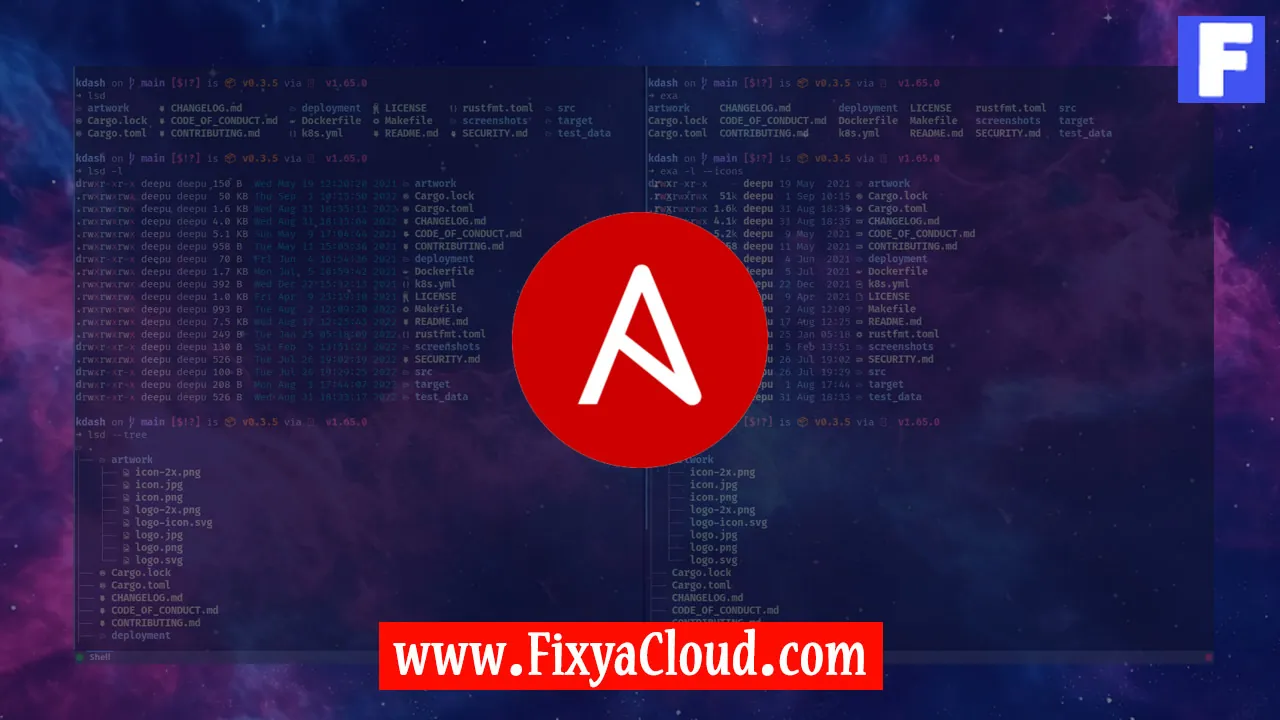Unleashing the Potential of Ansible and Terraform

In the dynamic landscape of IT infrastructure and automation, Ansible and Terraform stand out as two powerful tools that, when used in tandem, can unlock a world of possibilities. This article explores the synergy between Ansible and Terraform, demonstrating how their combined capabilities can streamline and enhance your automation workflows.
Understanding Ansible and Terraform:
Ansible and Terraform are both open-source automation tools, but they serve different purposes. Ansible is primarily a configuration management tool that focuses on task automation, while Terraform is an Infrastructure as Code (IaC) tool designed for provisioning and managing infrastructure. Together, they form a robust solution for building, deploying, and managing infrastructure efficiently.The Power of Ansible:
Ansible's strength lies in its agentless architecture and simplicity. Using YAML-based playbooks, Ansible enables you to define and automate tasks across your infrastructure. Commands likeansible-playbookexecute these playbooks, allowing for consistent and repeatable automation processes.# Example Ansible Playbook
---
- name: Configure Web Servers
hosts: webservers
tasks:
- name: Install Apache
apt:
name: apache2
state: presentTerraform's Infrastructure Orchestration:
Terraform excels in defining and provisioning infrastructure across various cloud providers and on-premises environments. The use of HashiCorp Configuration Language (HCL) allows you to declare the desired state of your infrastructure. Executeterraform applyto bring your infrastructure into alignment with the declared configuration.# Example Terraform Configuration
provider "aws" {
region = "us-west-2"
}
resource "aws_instance" "example" {
ami = "ami-0c55b159cbfafe1f0"
instance_type = "t2.micro"
}Integrating Ansible with Terraform:
Combining Ansible and Terraform offers a powerful approach to infrastructure automation. Ansible can be used to configure instances provisioned by Terraform. Utilize Ansible provisioners within Terraform to orchestrate post-deployment tasks seamlessly.# Terraform with Ansible Provisioner
resource "aws_instance" "example" {
ami = "ami-0c55b159cbfafe1f0"
instance_type = "t2.micro"
provisioner "ansible" {
playbook_file = "configure-web.yml"
}
}
Step-by-Step Instructions:
Install Ansible and Terraform:
Begin by installing Ansible and Terraform on your system. Refer to the official documentation for each tool for the most up-to-date installation instructions.Create Ansible Playbooks:
Develop Ansible playbooks to define the configuration tasks you want to automate. Ensure these playbooks are modular and can be applied to various instances.Write Terraform Configuration:
Craft Terraform configurations specifying the infrastructure components you need. Ensure to include the necessary variables and provider details.Combine Ansible and Terraform:
Integrate Ansible provisioners within your Terraform configurations. This linkage allows Terraform to deploy infrastructure, and Ansible to handle the subsequent configuration.
More Examples:
Dynamic Inventory Management:
Leverage Ansible's dynamic inventory to automatically discover and manage resources provisioned by Terraform. This ensures that Ansible always has an up-to-date view of your infrastructure.Scaling with Terraform:
Use Terraform to dynamically scale your infrastructure based on demand. Integrate Ansible to configure the newly provisioned resources seamlessly.
Unleashing the potential of Ansible and Terraform requires a thoughtful combination of their capabilities. By understanding and integrating these tools, you can establish a robust and automated infrastructure that adapts to your evolving needs.
Related Searches and Questions asked:
That's it for this topic, Hope this article is useful. Thanks for Visiting us.
